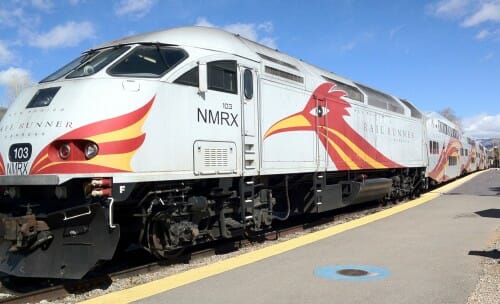Highway Bait And Switch
Kevin Drum and Ezra Klein both complain that Congress is letting America's highways fall apart by not raising the gasoline tax. They complain that current gas taxes are no longer high enough to cover costs, as the Federal highway trust fund is empty. Apparently, Congress and the President were always blithely happy to raise the gas tax to whatever it needed to be to cover costs, and now this current Congress is departing from the historic norm:
We used to have a straightforward way to fund infrastructure in this country: the federal gas tax. In 1956, President Dwight Eisenhower raised the tax from 1.5 cents a gallon to 3 cents to help pay for the creation of the interstate highway system. In 1959, he increased it from 3 cents to 4 cents. In 1982, President Ronald Reagan raised the gas tax to 9 cents. In 1990, President George H.W. Bush raised it to 14 cents, with half of the increase going to reduce the deficit. In 1993, President Bill Clinton raised it to 18.4 cents.
In other words, from 1956 to 1993, there was a bipartisan consensus on the federal gasoline tax: Both parties agreed that it occasionally needed to be raised in order to help pay for the nation’s infrastructure. But since 2000, there has been a bipartisan consensus against raising the federal gasoline tax.
But here is what happened since 1993: Roughly a third of highway taxes are diverted to local mass transit and other oddball non-highway projects. Simply devoting all the highway trust fund to, you know, highways would add an effective 6-7 cents to the gas tax money without actually raising the tax.
Here is what is going on: The Left loves mass transit projects, particularly urban rail. Of all government transportation projects, these have by far the highest cost per passenger mile of anything we do, so diverting money to these projects reduces the bang for the buck but the Left loves these projects for social engineering reasons I will discuss in a post soon.
The Left knows that these transit projects will not stand up well in the appropriations process. Kansas taxpayers are not going to be happy about paying for another couple miles of the LA subway system. They will ask, rightly, why local urbanites can't pay for their own damn transit projects if these projects are so great. But taxpayers generally support tax hikes for highways. So what does a politician on a transit mission do? He sells the gas tax to the public on it being dedicated to highways. Then he switches the money away from highways to transit. This leaves highways falling apart. So he can again go to taxpayers asking for money, ostensibly for highways, but of which a good portion will eventually be siphoned off to transit (and squirrel bridges and whatever). Repeat.
In effect, calls for raising the gas tax are NOT to repair highways. This is a bait and switch. Gas taxes are sufficiently high enough to fully fund highway work if it was all applied to highway work. Proposed increased in gas taxes are needed to pay for the continuing diversion of highway funds to egregiously expensive transit projects. Congress is right to stop this shell game.



